Get a Free Ayurveda Consultation from Rayshree Ayurveda!
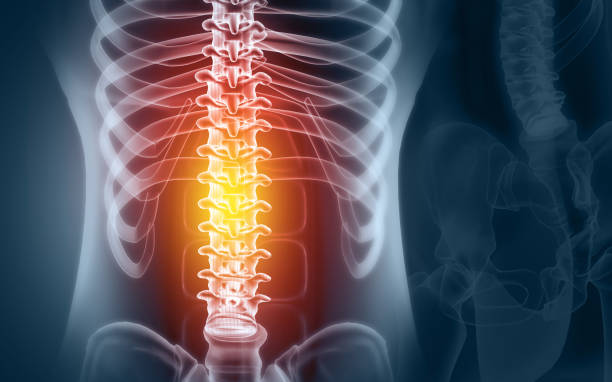
The spinal disc is spongy cushion-like, round in diameter and attached securely by vertebrae to secure them. The intervertebral disc consists of three distinct components- the cartilage endplates, nucleus pulposus, and annulus fibrosus.
Degenerative disc disease: This is mainly an age-related problem as when a person is at a young age, the disc has a lot of plump and moisture, but with age, this water content reduces and causes friction which results in growth in the bone known as bone spurs around the disc.
Ruptured disc: It means the protrusion or extrusion of the nucleus pulposus through a rent in the annulus fibrosus. It is not the one-time phenomenon; instead, it is a sequence of changes in the disc, which ultimately leads to its rupture.
Sciatica: This is a result of the ruptured disc due to the hampered movement and causes pain. It is nerve pain from the spine to the buttock and down the back of the leg.
1.The majority of disc injuries occur in the lumbar region of the lower back. Only 10% of injuries affect the upper area.
2.A ruptured disc is mostly in men and women of ages 30 to 50.
3.The common causes for spinal disc problem include Muscular pain, Fracture, Malignancy (cancer present with back pain). A movement like twisting and bending can increase the risk.
4.A ruptured disc can heal itself if proper time and conditions are given with care.
5.Self-help for disc problems includes avoiding lifting heavy objects; do not sit still for a long period.
6.Slow & flexible exercises can help you. Certainly, yoga helps in strengthening of back muscles.
7.Treatment of spinal disc problem consists of heat treatment, regular massage, exercise program, and pain-relieving medication.
8.A patient needs to go for surgery only in case of severe canal stenosis. More than 85% of cases of spinal disc problems don’t need surgery.
9.Diagnosis includes physical examination and determining the risk factors and conditions. Investigations like CT-scan and MRI help to confirm the diagnosis.
A healthy spine has natural front-to-back curves that develop in stages as children grow, from a fetal C-shape to mature curves in the cervical, thoracic, and lumbar regions. However, abnormal spinal curves may occur, including:
Kyphosis: An excessive backward curve in the thoracic spine, resulting in a hunchback appearance.
Hypo-kyphosis: An insufficient backward curve in the thoracic spine.
Thoracic lordosis: The thoracic spine curves into the chest, reversing the natural curve.
Hyper-lordosis: An exaggerated inward curve in the lower back, known as “swayback.”
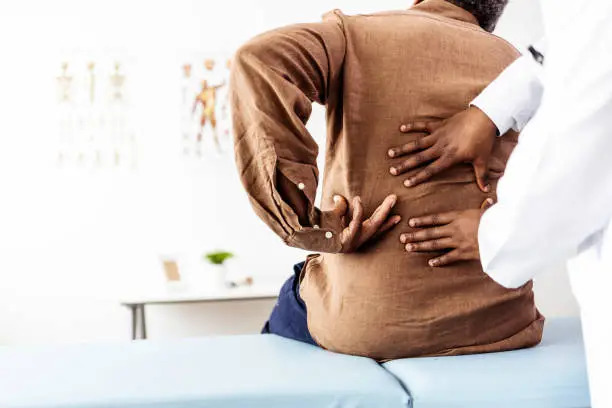
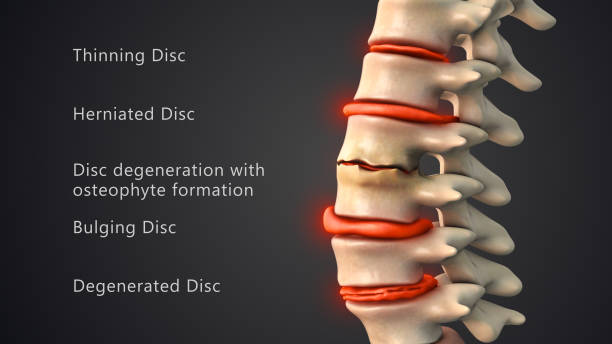
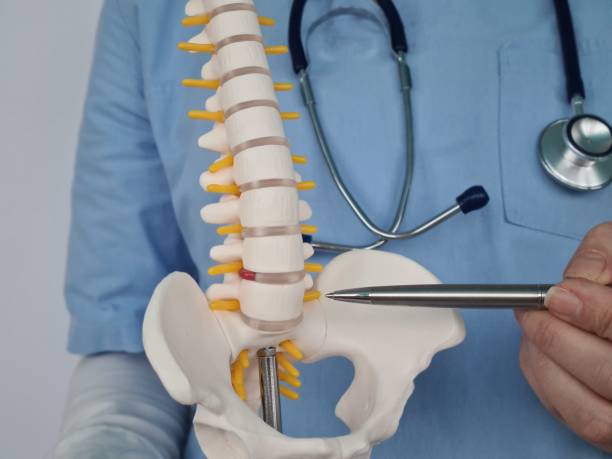
Risk factors for developing spine problems indeed vary widely depending on the specific condition. However, here are some common risk factors and predispositions associated with spine-related issues:
Family History of Scoliosis: Genetic predisposition can play a significant role, with a higher likelihood of developing conditions like scoliosis if there’s a family history.
Birth Defects: Congenital spinal deformities can result from developmental issues during pregnancy, which may impact spine structure.
Neuromuscular Conditions: Conditions like cerebral palsy and muscular dystrophy can lead to spinal deformities due to muscle weakness and imbalance.
Spine problems in children can manifest at various stages, with some detected before birth and others appearing during growth spurts or later in childhood, Here are some common spine issues:
Asymmetry in Shoulders or Waist: Children with spine conditions may develop asymmetry, such as one shoulder being higher than the other or an uneven waistline, which may signal an underlying spinal curvature.
Rounded Upper Back: Also known as kyphosis, a rounded or humped upper back can be indicative of structural issues and may develop in early childhood or adolescence.
Unusual Back Pain: Persistent or unusual back pain in children, although less common, should be evaluated as it may be an early sign of a spine condition.
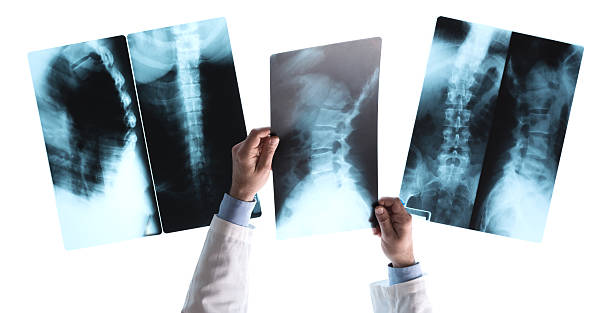
Spinal discs represent the Majja dhatu, one of the levels of nourishment which is responsible for smooth movements of the spine. These cushions help the spinal nerves to emerge from every level of the spine. But when these cushions shrink (degenerative disc disease), deflates (Bulging disc) or when these ruptures (Disc Protrusion)- these discs cause compression on nerves and all the problems start appearing.
1.Pain is the cardinal problem, in all such cases. But can be worse with certain conditions. This pain can radiate to different parts. And that too depends on the location of the problem with the disc. When this is a disc bulge in the cervical, the upper body gets affected. And when a disc causes problems with the lumbar spine, it impacts the lower body.
2.When something goes wrong with Majja Dhatu, this is Vata dosha which disturbs. As a common notion in Ayurveda text it is well written-
3.“A person when has probelm with Majja Dhatu, he will remain a patient of Vata Dosha regularly”
4.Therefore, we need to pacify Vata. But being the science believers, Sukhayu promises more science and less “just something” for the treatment of spinal disc problems.
Ayurvedic medicines help restore balance in the body by pacifying aggravated doshas and eliminating toxins at a cellular level. The three primary doshas—Vata, Pitta, and Kapha—govern various physiological functions. Ayurveda balances doshas through herbs, diet, and therapies. Ashwagandha and Shatavari calm Vata, Neem and Guduchi cool Pitta, and Trikatu stimulates Kapha. Therapies like Abhyanga and Panchakarma aid detoxification, promoting overall well-being.
Panchakarma is a stronger tool when it comes to:
Removing the toxins
Relaxation of the muscles
Increasing the blood supply to regenerate the tissues.

B.A.M.S. from Barkatullah Vishwa Vidyalaya, Bhopal, P.G.D.E.M.S form England University
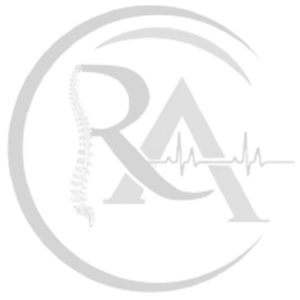
111/118, Ashok Nagar, Harsh Nagar, Kanpur, Uttar Pradesh, India